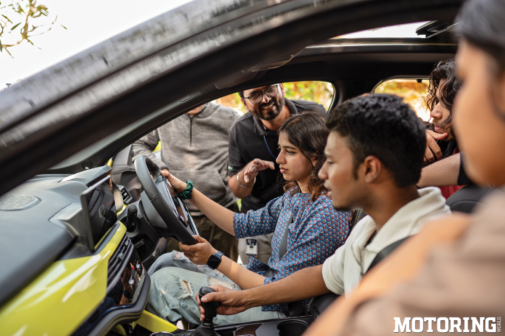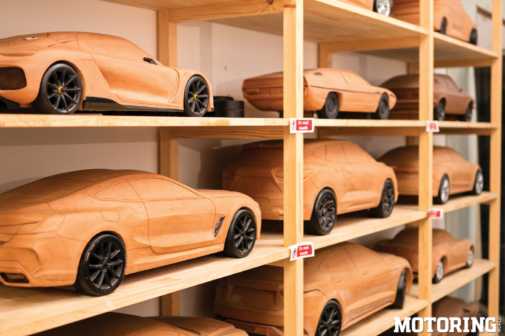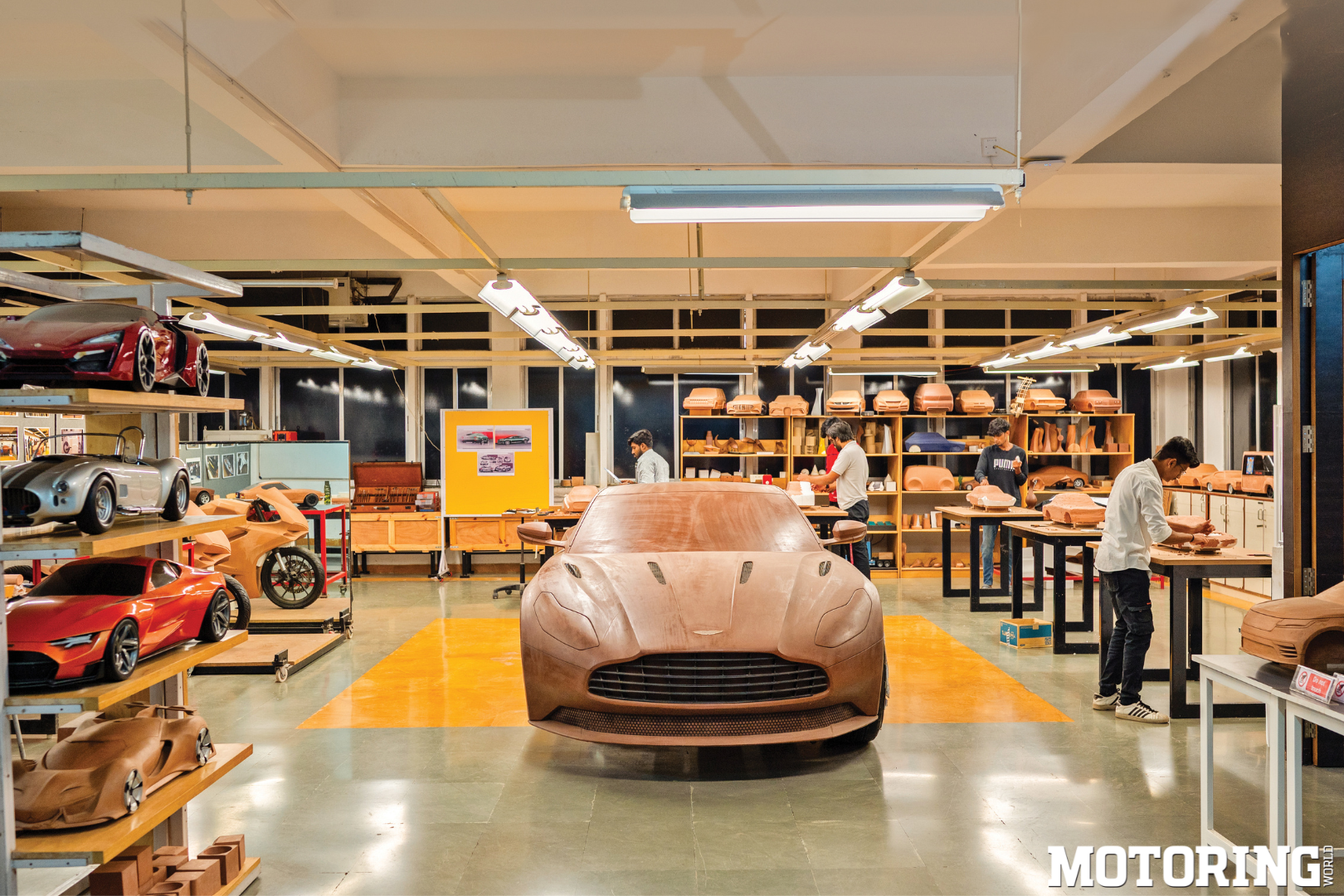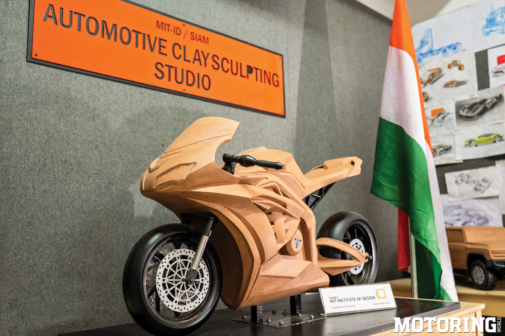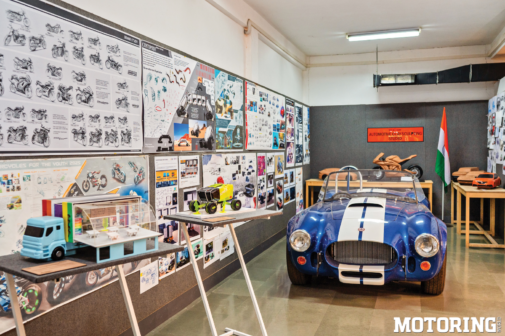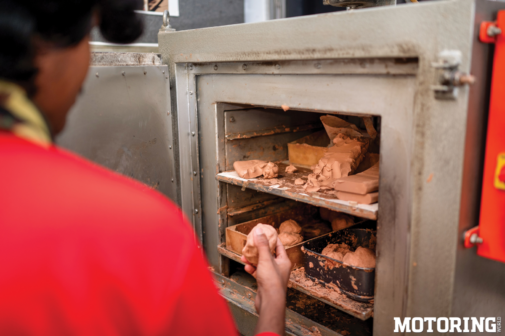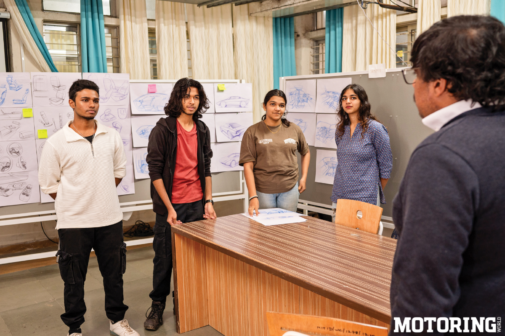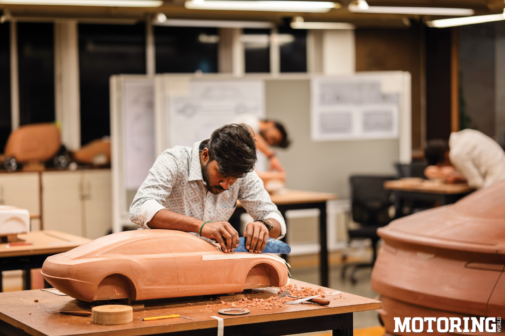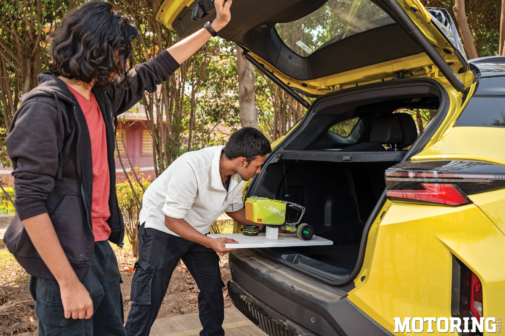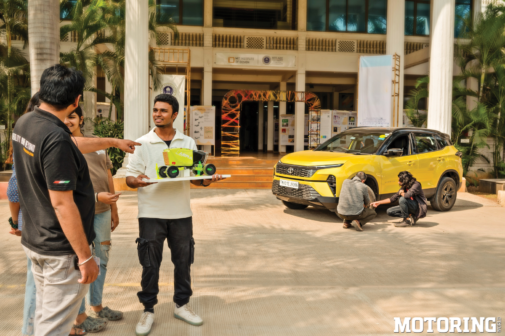In the ever-evolving landscape of Indian automotive design, brands like Tata Motors have emerged as trailblazers, placing design aesthetics at the forefront of their vehicles. Over the years, these manufacturers have successfully cultivated a distinct visual language, giving their products a unique and appealing identity on the roads. Recognizing the pivotal role of design in shaping the future of Indian automobiles, we embarked on a journey to explore the roots of this design revolution, delving into the epicentre of creativity — the MIT Institute of Design in Pune.
Our exploration aimed not only to understand the evolving design ethos but also to gauge the pulse of budding designers who are poised to lead the next wave of innovation. At the MIT Institute of Design, we spent a day immersing ourselves in the vibrant environment of the Transportation Design Studio, seeking insights from students and faculty who breathe life into creative concepts.
Beginning our visit, we had the privilege of meeting Asst. Prof. Kiran Tuplondhe, the Head of the Department of Transportation Design. He graciously walked us through the institute’s intensive curriculum, meticulously crafted to prepare students for the dynamic roles awaiting them in the automotive industry upon graduation. The curriculum, with a forward-looking approach, not only encompasses automobile design but also extends into designing sustainable solutions that enhance human and commercial mobility across various modes of transportation.
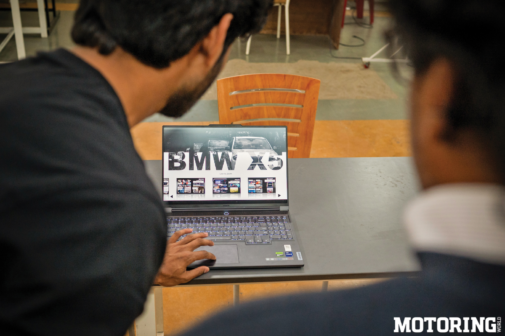
In this immersive experience, we aimed to bridge the gap between theory and real-world applications, offering students an up-close encounter with a contemporary icon of Indian automotive design — the Tata Harrier. With its bold and futuristic aesthetics, the Harrier became a canvas for students to interact with, dissecting its design intricacies and sharing their perspectives on current industry trends. Join us on this insightful journey into the heart of automotive design education, where creativity meets education, and the future of Indian automotive design takes shape.
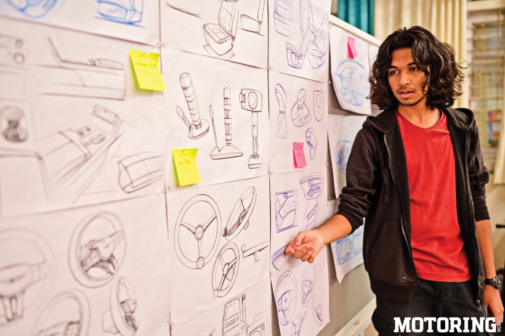
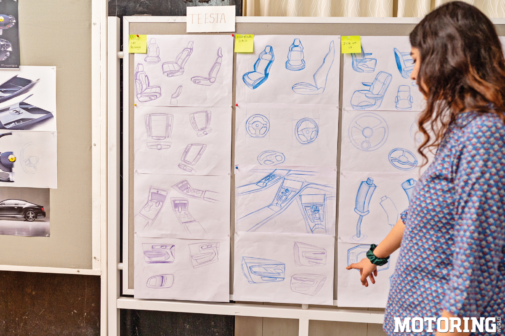
During our enlightening interaction with Asst. Prof. Kiran Tuplondhe, the Head of the Transportation Design Department at MIT Institute of Design, he emphasized the enduring importance of hand skills in the realm of visualization. In an era dominated by digital advancements and 3D modelling software, Prof. Kiran highlighted the continued relevance and benefi ts of mastering core skills like clay modelling and life-size scale prototyping. Venturing into the clay model studio, we were greeted by a visual feast — from a life-size replica of an AC Shelby Cobra to a student meticulously crafting a scale model of a futuristic Jaguar. The studio was abuzz with activity, featuring impressive clay models of iconic vehicles like the Aston Martin DB 11 and Ducati Panigale, showcasing the timeless artistry of automotive design in both two and four-wheel domains.
In the same studio, we engaged with Rajan Sujay, a dedicated student immersed in sculpting a scale concept model as part of a design brief to create a futuristic Jaguar. The evolving scale model revealed a sleekness that unmistakably echoed the distinct design language associated with Jaguar vehicles, even at this early stage in the design process. This hands-on encounter highlighted the intricate craftsmanship and attention to detail that students invest in bringing their automotive design visions to life.
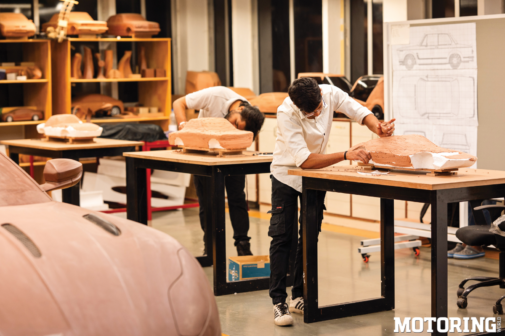
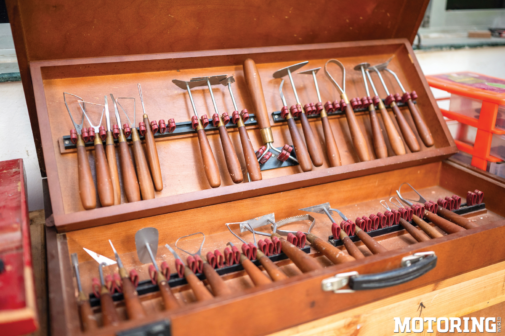
Our exploration continued into a design studio focused on interiors, revealing the diverse and lucrative avenues for automotive designers. Athul Kuriakose intrigued us with his unique project envisioning car interiors inspired by the renowned furniture store IKEA. The innovative approach brought a fresh perspective to the fusion of automotive and interior design. Additionally, we delved into Debobrata Laha’s project centred on interface design for a Range Rover Velar, unveiling the meticulous research and benchmarking processes integral to the conception of automotive design concepts. These insights underscored the multifaceted skill set required for a successful career in the dynamic field of automotive design, where marrying creativity with practicality is paramount.
After an insightful session with senior students, Prof. Kiran Tuplondhe proposed delving into the world of younger students to observe their learning process and skills. Transitioning to another studio adorned with hand-drawn sketches of recent interior design studies, we encountered Teesta Peeyush and Srishti Srinath — two aspiring female designers eager to share their journey into transportation design. Teesta, inspired by her father’s introduction to cars and her interest in motorsports and kart racing, found transportation design to be the ideal discipline. On the other hand, Srishti’s passion for motorcycles, ignited at the age of 12 by her uncle’s Royal Enfield Himalayan, led her to pursue a career in transportation design.
The introduction continued with Sandeep Karyakarte, a seasoned design veteran with over 30 years of experience at Tata Motors, who now imparts his extensive knowledge and on-ground expertise to students at the college. He, along with his students Ayush Nair and Sarthak Purohit, expressed curiosity about the new Harrier. The group headed to the parking area to examine the Harrier’s design details, unearthing hidden Easter eggs strategically placed by Tata designers. From lions engraved on the headlights to a depiction of a lioness and her cubs on the rear window, the students were fascinated by the intricacies. Exploring additional features like mood lighting and appreciating interior details such as coloured stitching on the seats and sporty accents on the dashboard, the students were enamoured by the Harrier’s bold design and well-thought-out packaging. This hands-on experience allowed them to connect theory with real-world automotive design, reinforcing the signifi cance of their education in shaping the future of Indian automotive aesthetics.
The visit to the MIT Institute of Design’s transportation department provided a firsthand look at the progress made in automotive design at the grassroots level. Witnessing the enthusiasm and optimism among students about the future of automotive design was truly heartening. Contrary to headlines that suggest the next generation is disinterested in cars and bikes, our experience showcased a cohort of talented and passionate budding automotive designers. The takeaway is clear: design stands at the forefront of change in the automotive industry, and the next generation is poised to carry this legacy forward into an exciting and innovative future.
